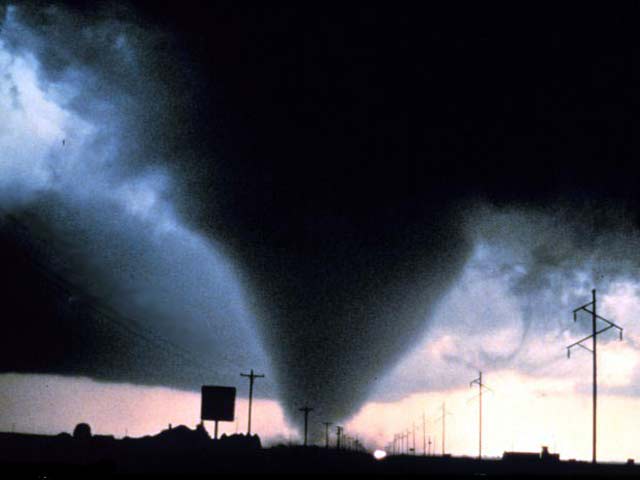by Eric Schlosser and Charlie Wilson
Published by Houghton Mifflin
Copyright 2007
Suggested Delivery: Independent read
Reading Level: Lexile level 1110L, guided reading level Y
Vocabulary: literally (9), industry (11), amid (13), preservatives (15), margin (17), wholesome (18)
Awards: 2006 New York Times Bestseller

| "Kids love fast food. And the fast food industry definitely loves kids. It couldn’t survive without them. Did you know that the biggest toy company in the world is McDonald’s? It’s true. In fact, one out of every three toys given to a child in the United States each year is from a fast food restaurant. Not only has fast food reached into the toy industry, it’s moving into our schools. One out of every five public schools in the United States now serves brand name fast food. But do kids know what they’re eating? Where do fast food hamburgers come from? And what makes those fries taste so good? When Eric Schlosser’s best-selling book, Fast Food Nation, was published for adults in 2001, many called for his groundbreaking insight to be shared with young people. Now Schlosser, along with co-writer Charles Wilson, has investigated the subject further, uncovering new facts children need to know. In Chew On This, they share with kids the fascinating and sometimes frightening truth about what lurks between those sesame seed buns, what a chicken ‘nugget’ really is, and how the fast food industry has been feeding off children for generations." |
This book is eye opening, interesting, factual, shocking, and allows readers to come to their realization about what they're actually putting into their body when they eat fast food and drink soda.
Pre Reading Activity: The teacher can ask the students how often they go to McDonalds, Burger King, Wendys, or other fast food restaurant. Ask students what they're regular order is and take a tally for how many students get what type of food or drink (hamburger, fries, soda, milkshake, etc.). Discuss with students what happens if one is to eat this type of food all the time.
During Reading Activity: Students can answer the following question in a bookmark, "Why do you believe fast food has become so popular? Think of some reasons why you eat it and relate it to the novel. Is there a pattern between you and people back then when the first McDonalds restaurant was invented?"
Post Reading Activity: As an extension, students can interview grandparents or other older adults they know about how eating habits have changed since they were young. Question they can ask can include, "What meals do they particularly remember from their childhood? Who cooked them? Have their eating habits changed since fast food was invented? Why or why not? Do they think the changes are for the better or for the worse?" Students can share their interview answers with the class the next day.
Writing Activity: In a couple paragraphs students can answer the following question, "Has Chew On This changed your perspective on fast food industries and the food itself. If so what changes will you make and how do you think this affect your life?"
Electronic Resources:
 McDonalds Menu Item Nutrition Fact Guide
McDonalds Menu Item Nutrition Fact GuideThis link provides nutritional facts for popular
McDonalds menu items. The guide includes the food, the
serving size, and every nutritional fact including the carbs,
fat count, calories, and sugar count. This can help put
not just McDonalds, but fast food in general in
perspective because their food is not healthy. This
can also provide students with soe insight on not just
cutting fast food out of their diets completely, but maybe
just finding a healthy alternative to their usual burger and fries.
SuperTracker
and adults track their food intake and
what foods they eat. Just put in a little bit of
information about yourself, the type of food,
the serving size you ate, and the website will
do the rest! This can help students and adults
keep track of their diet and help themselves
choose healthy foods to eat.









